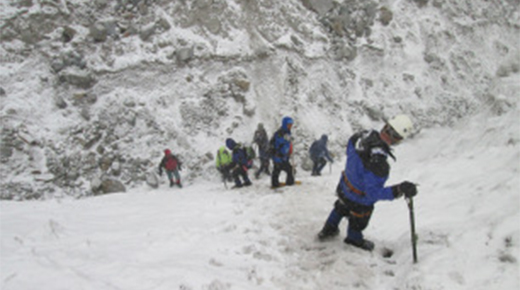High altitudes hold a special place in the history of human achievement. We remember Sir Edmund Hillary and Nepalese sherpa Tenzing Norgay as the first climbers to reach the summit of Mount Everest. Other altitude pioneers include Russian cosmonaut Yuri Gagarin, the first human to fly in outer space; and Neil Armstrong, the first person on the moon. More recently, in 2012, Austrian Felix Baumgartner skydived from a capsule at 127,000 feet.
|
ADVERTISEMENT |
In the world of leadership, altitudes are significant, too. However, the concern is much less about how high leaders can go than about how they can seamlessly move between three distinct altitudes of leadership thinking.
Author, advisor, and scholar Ram Charan first developed the concept of leadership altitudes based on many decades of observing CEOs and leaders. Together, we extended it into a framework that stresses the importance of thinking flexibly for leadership success in the disruptive, volatile, uncertain, complex, ambiguous, and diverse 21st-century world.
…

Add new comment